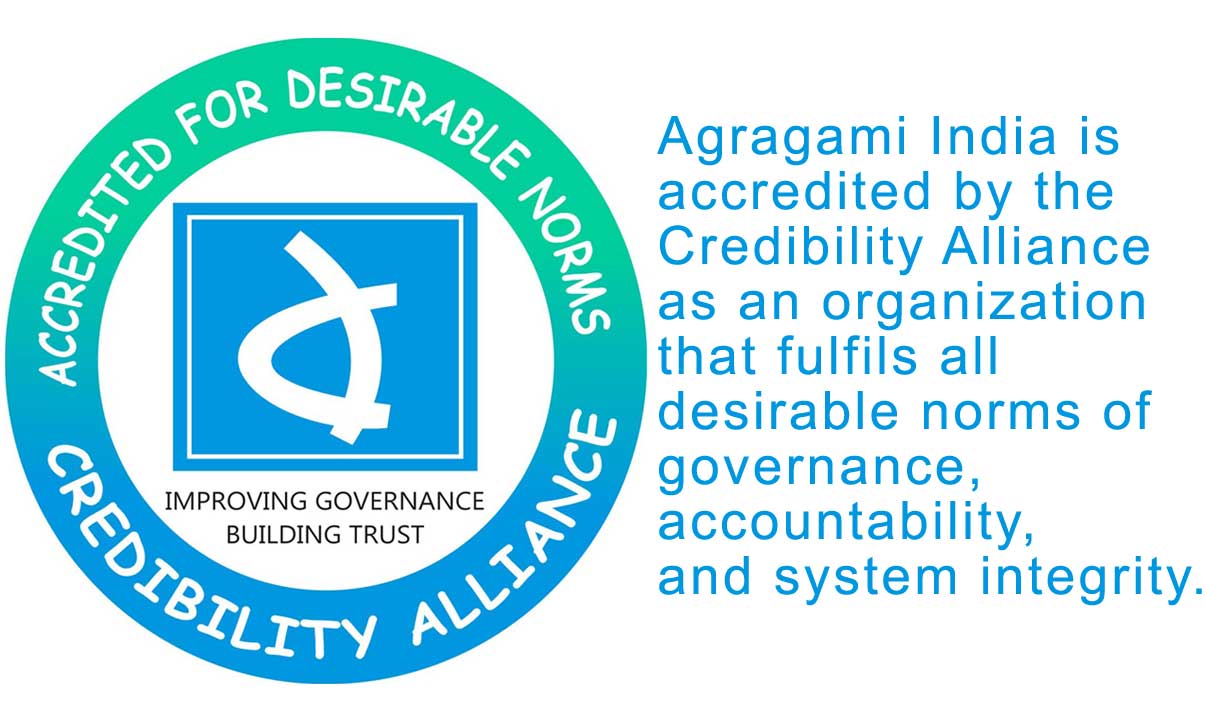
TARUNYA



TARUNYA: Supporting the Government of Bihar to implement the Rashtriya Kishore Swasthya Karyakram
Duration: 2016–ongoing
Location: Sitamarhi district, Bihar
The Government of India’s Rashtriya Kishore SwasthyaKaryakram (RKSK) seeks to improve the health and development of adolescents through a combination of inputs that include community-based behaviour change communication for the adoption of healthy behaviours, as well as health facility-based clinical and counselling services.
Under an agreement between Engender Health and the Government of Bihar, Agragami has been working in Sitamarhi district since June 2016, supporting the district authorities in implementing the RKSK.
The RKSK addresses six priority areas in health:
- Nutrition
- Reproductive health
- Mental health
- Non-communicable diseases
- Substance abuse
- Violence (including injuries and aggression)
Agragami staff provide twice-a-week counselling services at 18 Adolescent Friendly Health Clinics (AFHCs)—one each in the 17 block primary health centres (PHCs), and one at the district hospital.
Project staff have selected and trained 2,308 peer educators in 219 villages of the district. The trained peer educators have, in turn, formed 932 peer groups with 21,073 members and have organized meetings to discuss adolescent health issues. Adolescent Health Days are held once every three months in each village.
Agragami has also built the capacity of60 auxiliary nurse midwives (ANMs) and 577 accredited social health activists (ASHAs; who are village-level health communicators), enabling them to play their prescribed roles in RKSK.
From May 2021 onward the project has begun focusing on reaching out to adolescents of the Dalit community in about 200 villages. These villages are within a 10-km radius of the 17 block PHCs of the district.
Training programs for adolescents disseminate essential and age-group-relevant health information. Simultaneously, parents and influential adults of the community are provided with inputs that enable them to create a supportive home environment for the growth and development of their adolescents.
